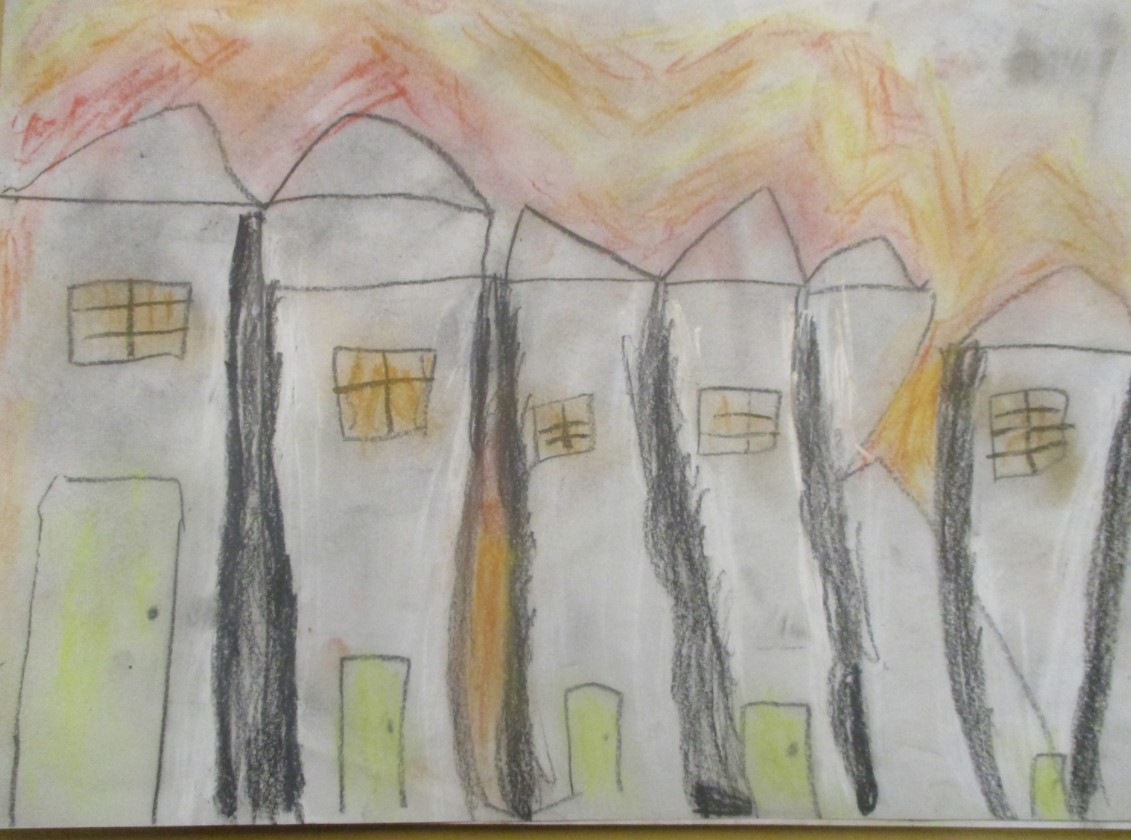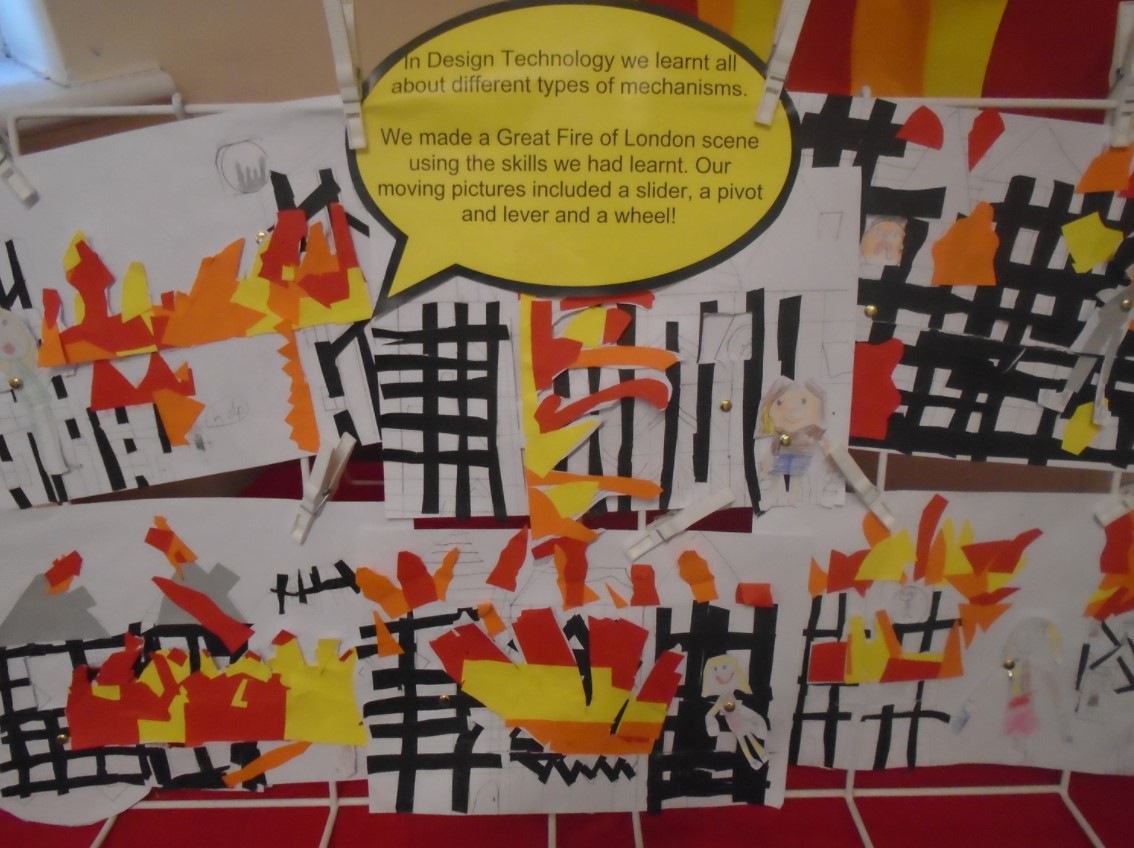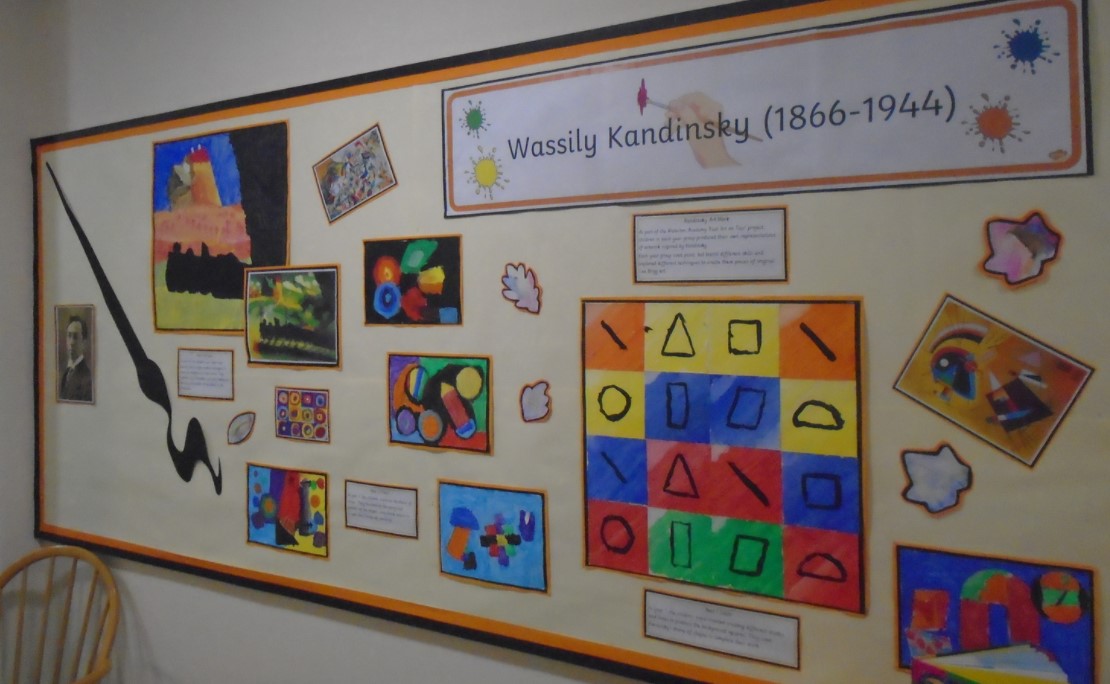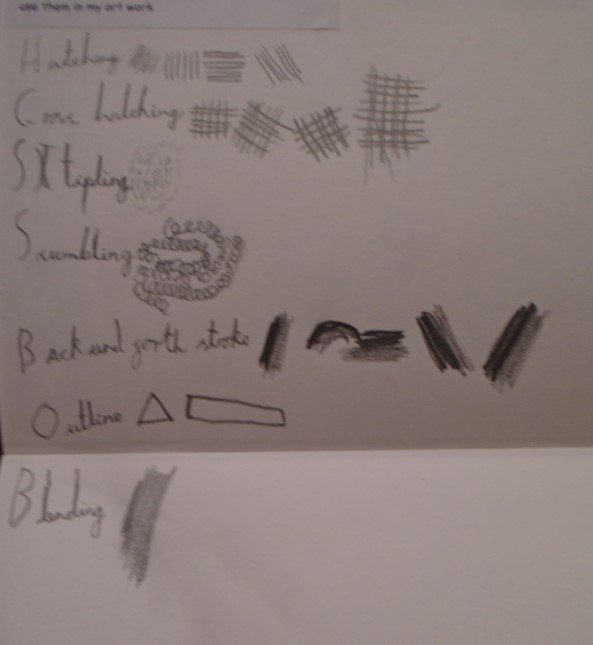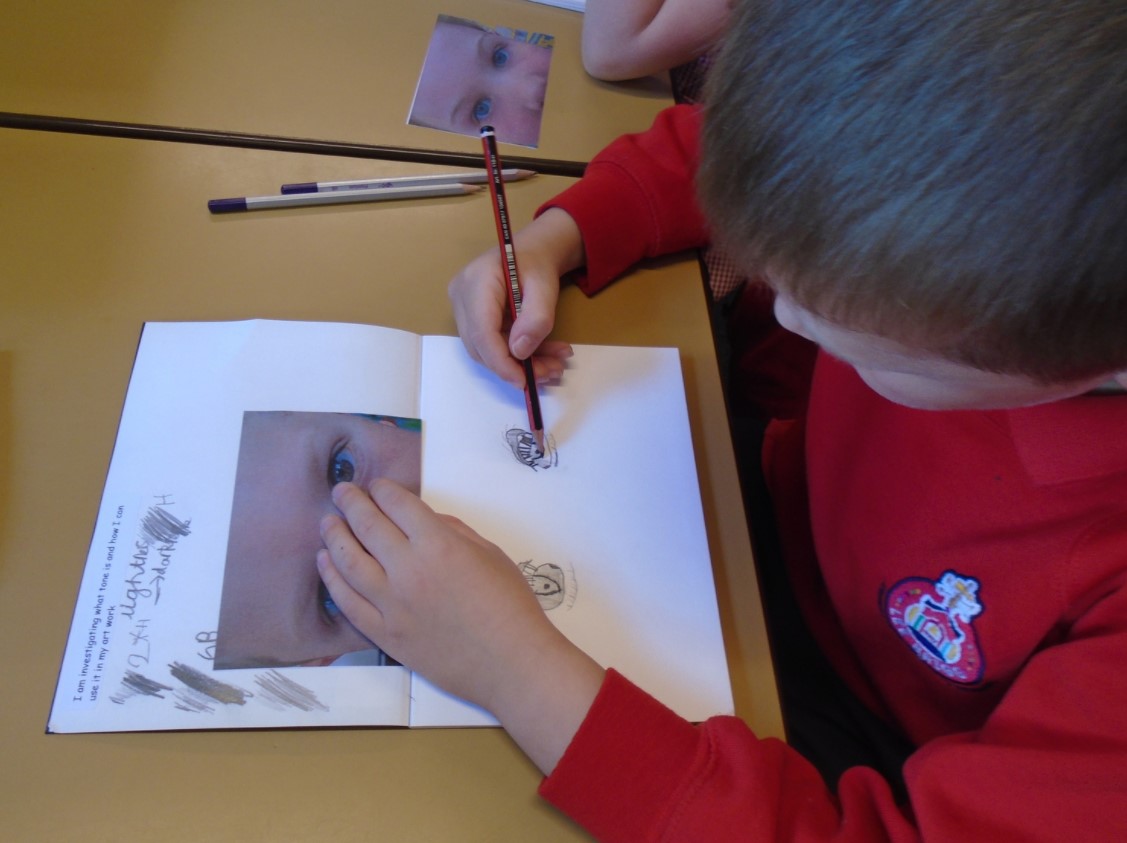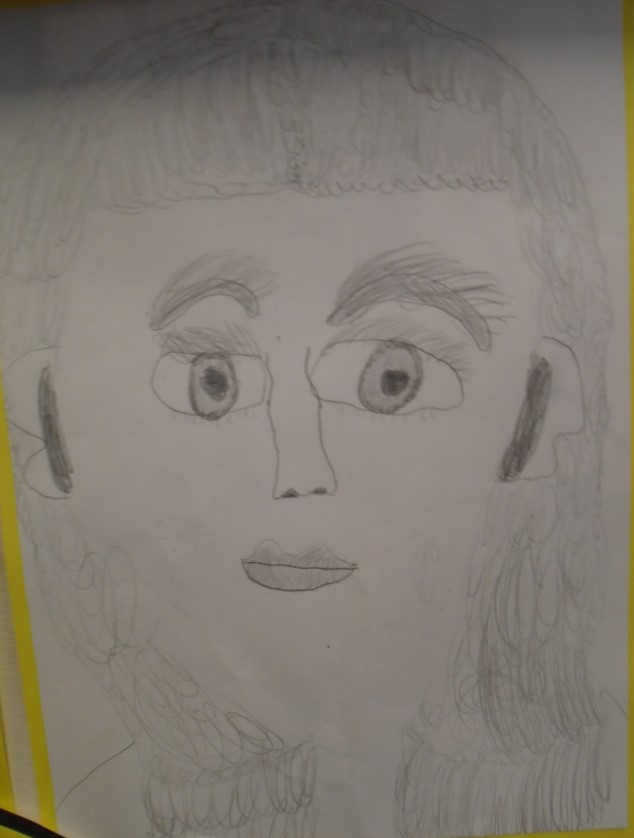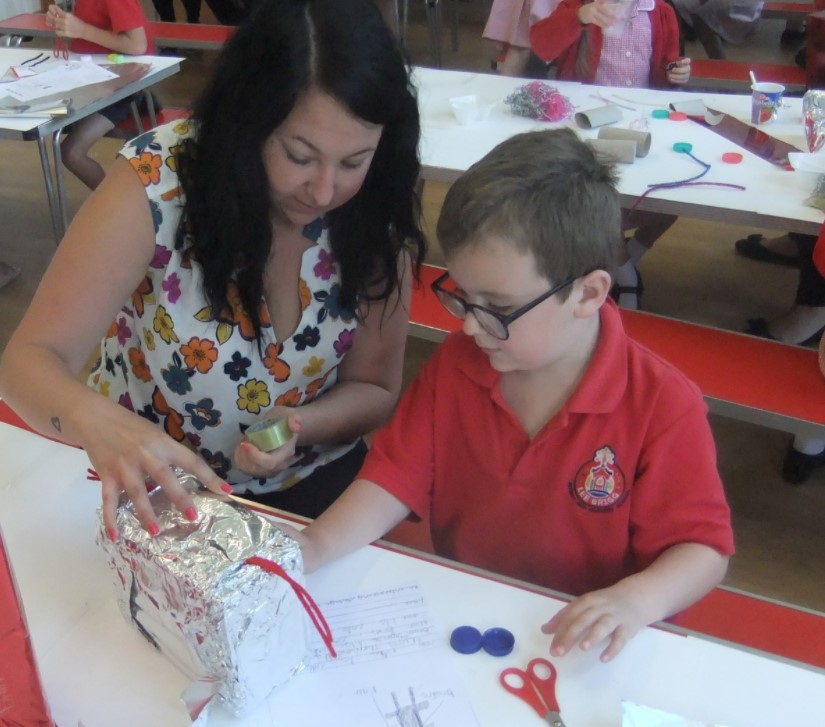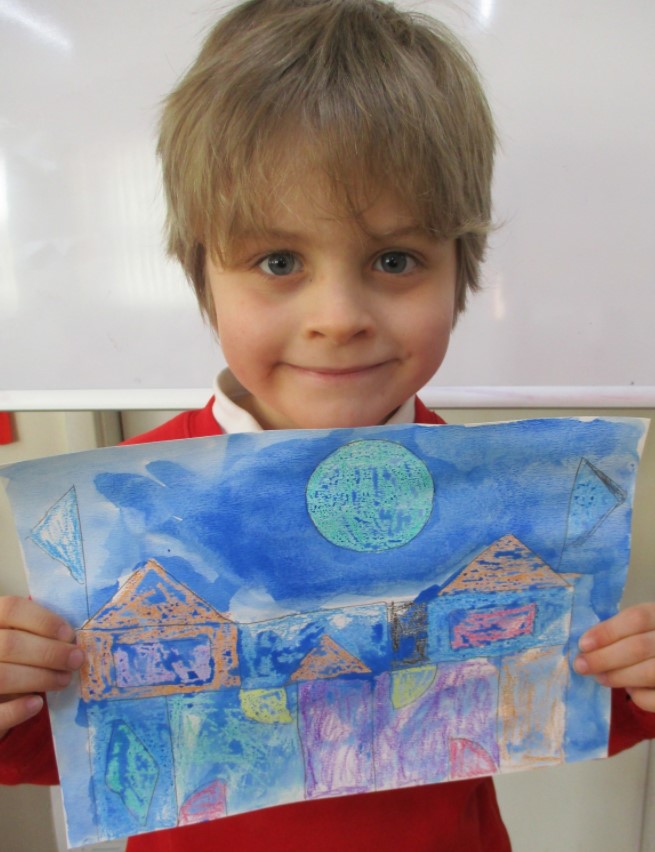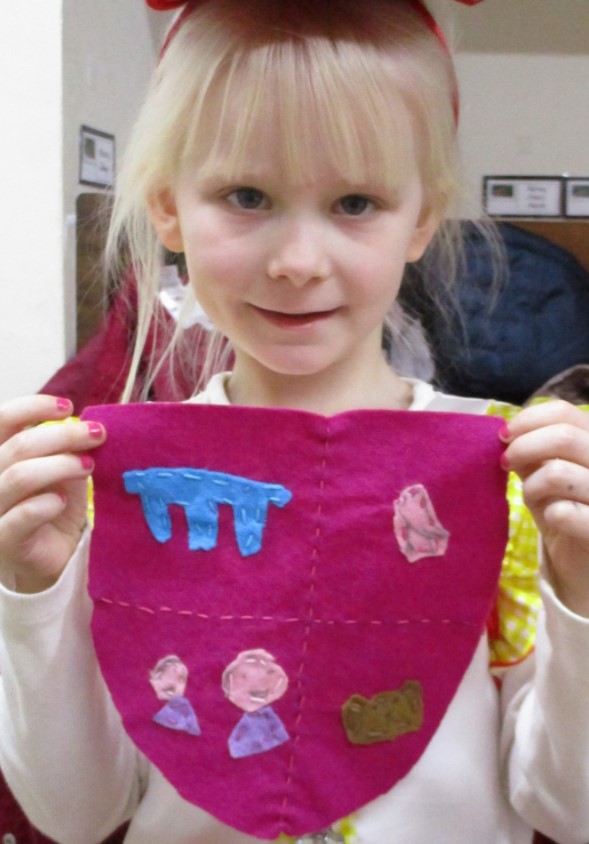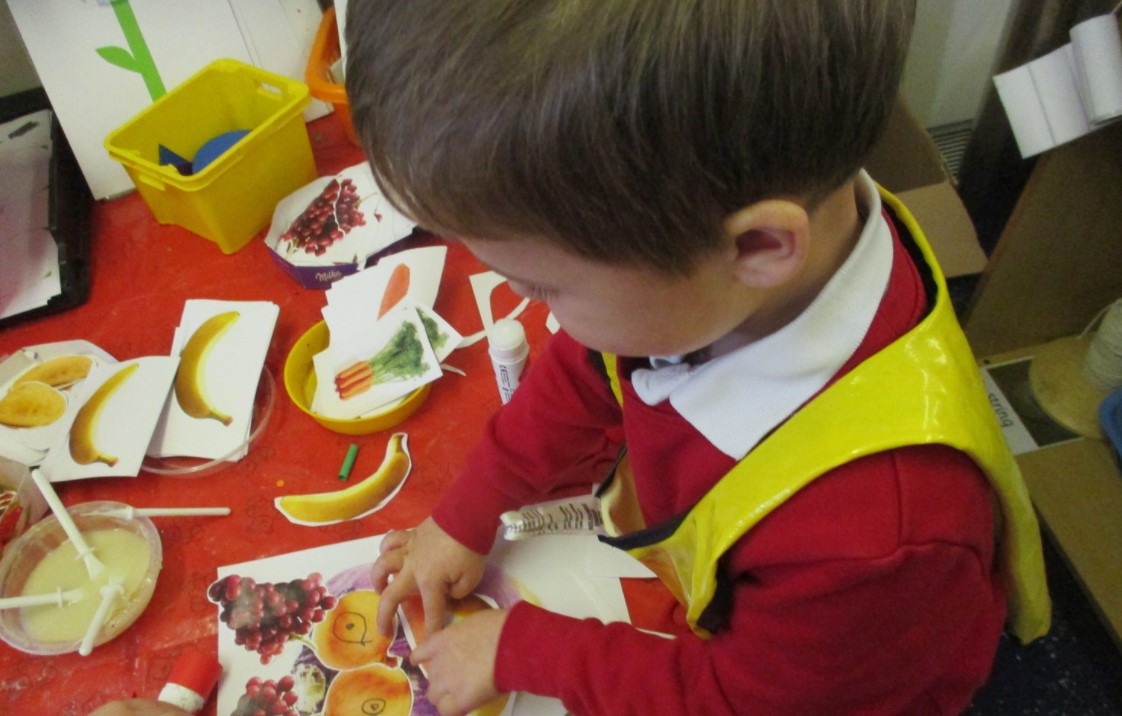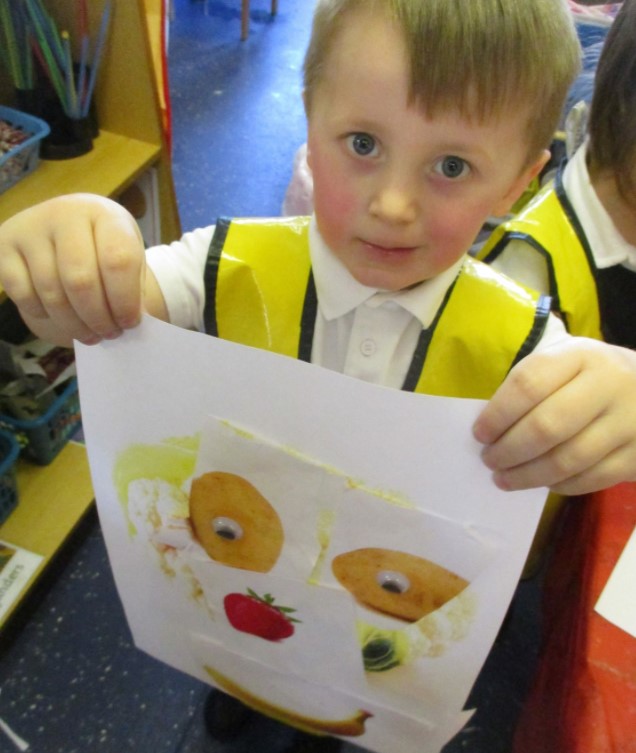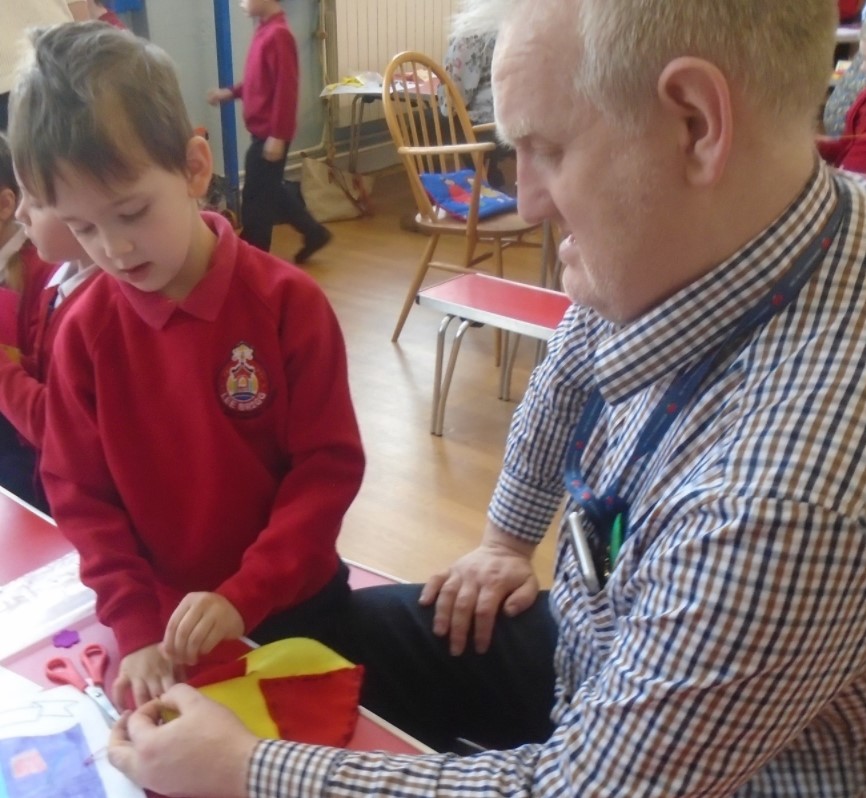“There is no must in art because art is free.” Wassily Kandinsky
Subject Leader: Miss Tate
At Lee Brigg Infant & Nursery School we aim to provide a high-quality art education, which will engage, inspire and challenge pupils, equipping them with the knowledge and skills to experiment, invent and create their own works of art, craft and design.
Our work in the Arts has been recognised, as we have already achieved the silver ‘Artsmark‘ award

Art is concerned with the way we respond to, understand and interpret our world through our senses and emotions. Taking part in art allows us to investigate what we see; to make visual responses; to interpret and to reach decisions.
Art and design has its own language based upon visual and tactile elements and it is our aim to ensure all children have the opportunity to explore their own creativity and individuality.
Aims in teaching Art at Lee Brigg Infant & Nursery School:
We aim:
- To provide a broad and balanced range of art activities.
- To show children’s progress of art skills through the work produced.
- To provide a varied arts curriculum, including experiences from other cultures and traditions.
- To raise and develop children’s self esteem through class and group activities and individual work.
- To give children the opportunity to work with other professionals from the arts community.
- To raise standards in Art so that every child makes best progress.
- To value and celebrate diversity in Art.
- To ensure equal opportunity – all children are provided with equal access to the Art curriculum. We aim to provide suitable learning opportunities regardless of gender, ethnicity or home background.
How is the content / theme chosen?
Whenever possible, we teach through a themed approach, to enable children to embed learning and make connections, which leads to a greater depth of understanding within the subject. The content is therefore chosen to make effective links with key themes, reflect expectations in the National Curriculum programmes of study and Early Years Foundation Stage (EYFS) framework and engage and inspire our children. The content may also be chosen based upon the needs or interests of specific cohorts or links to events which are taking place in the community or wider world .
How do we ensure progression of knowledge and skills?
At Lee Brigg Infant & Nursery School we have in place for Art a comprehensive knowledge and skills progression document, which is used for planning, to ensure sequenced and appropriate content for specific year groups, as well as a build up of knowledge and skills.
Within these documents there are also opportunities for differentiation, in order to meet the needs of all learner.
How is the subject taught?
A two year, long term rolling programme maps out the coverage of the discrete teaching and learning opportunities for children to use and explore different media. For example, during one year children may explore working with paint, clay, textiles and sculpture and the following year they may develop skills in drawing, printing and collage. This provides them with a wide range of discrete art experiences during their time in Key Stage 1.
Within each discrete block of art teaching, class teachers carefully plan the specific outcomes for their year group, based upon age appropriate knowledge and skills, as well as the needs of the cohort or individuals within it.
Our teaching and learning opportunities ensure all children are introduced to and reminded of key vocabulary. Questioning and assessments of skills are used to check their understanding and prior knowledge, before new concepts or skills are introduced.
Modelling is used by class teachers to clarify expectations, children are then given plentiful opportunities to consolidate, build upon and apply basic skills in order to produce a piece of work which showcases what they have learnt.
When children are learning about a subject through a discrete teaching sessions they are explicitly told that today they are going to be ‘artists.’ They are then reminded of the key skills that they will learn, use and develop within that subject.
In art these are
We are learning to:
- talk about colour, shape, pattern, tone and line
- use a variety of tools and materials
- express our own ideas and use our imagination
- talk about the work of others including well known artists
- evaluate our work and say how it might be improved
Art permeates throughout our curriculum and is one of our key subject drivers in developing the ‘Challenge & Educate’ side of our school curriculum. Through studying a range of people from the past and present, who have had an impact on the world of Art, as well as a range of countries and cultures, children learn about and are taught to challenge stereotypes connected to gender, wealth, disability and cultural background. They are educated that differences should be celebrated and are not a barrier to achievement.
In addition to discrete teaching in art, opportunities and links are made to art knowledge, skills and concepts throughout the year, ensuring that elements of the art teaching are accessed by children continually as part of the curriculum on offer. Opportunities for art through additional projects, such as the Waterton Multi Academy Trust ‘Art on Tour’ project, ensure that children have the opportunities to showcase their work.
Sketch books are used in each class to develop drawing skills, based upon a particular theme each half term, e.g. portraits. This not only enables children to practise their skills throughout the year and use the language associated with the arts, it ensures that they have regular opportunities to learn about and reflect upon the work of famous and local artists.
Teaching Art in EYFS
Planning and teaching in EYFS is similar to that in Key Stage 1. The children are expected to develop a specific set of skills and knowledge appropriate to their age. This is often beyond the expectations that are set out in the end of year Early Learning Goals, as we prepare them with the skills they need for year 1.
As well as topic work and the discrete teaching of skills and knowledge, children in EYFS are given the opportunity to continually practise and embed their skills through the areas of provision set up in the indoor and outdoor learning environments.
How do we know that our children are making progress?
Ongoing assessments of the children’s knowledge and skills is observed by the class teacher. Misconceptions are addressed and next steps carefully planned. Children’s outcomes are compared to the subject specific skills and knowledge documents. At the end of a block of discrete teaching (or term) subject leaders gather an overview of children’s outcomes in each subject area. This is used to plan appropriate next steps for their future learning, as well as provide an overview of learning within a subject area cross the whole school.
How do we promote Communication & Language (including reading), Personal, Social and Emotional Development and Physical Health and Wellbeing?
Art is at the very essence of our curriculum drivers. It allows our children to be creative, independent, learn new vocabulary, as well as demonstrate a sense of pride in their work. Positive relationships in school ensure that children get the opportunity to work collaboratively together on projects, as well as recognise how to sensitively respond to others when offering evaluations of their work.
Participation in art activities develops physical skills including fine motor control and hand-eye co-ordination. It also has a positive effect on children’s well-being.
Through art children are enabled to discover how art has shaped our history and contributed to the culture, creativity and wealth of our nation and the wider world.
What wider opportunities are provided for our children?
We regularly host artists in school, to work with the children and broaden their experiences. Children then often invite their parents and carers into school to teach them the skills that they have learnt.
Each year we take part in the Waterton Multi-Academy Trust Art project, which allows our children to learn about a variety of Famous artists from the past and present, whilst developing their own skills through different media.
Extra-curricular clubs throughout the year include drawing and arts and crafts.



